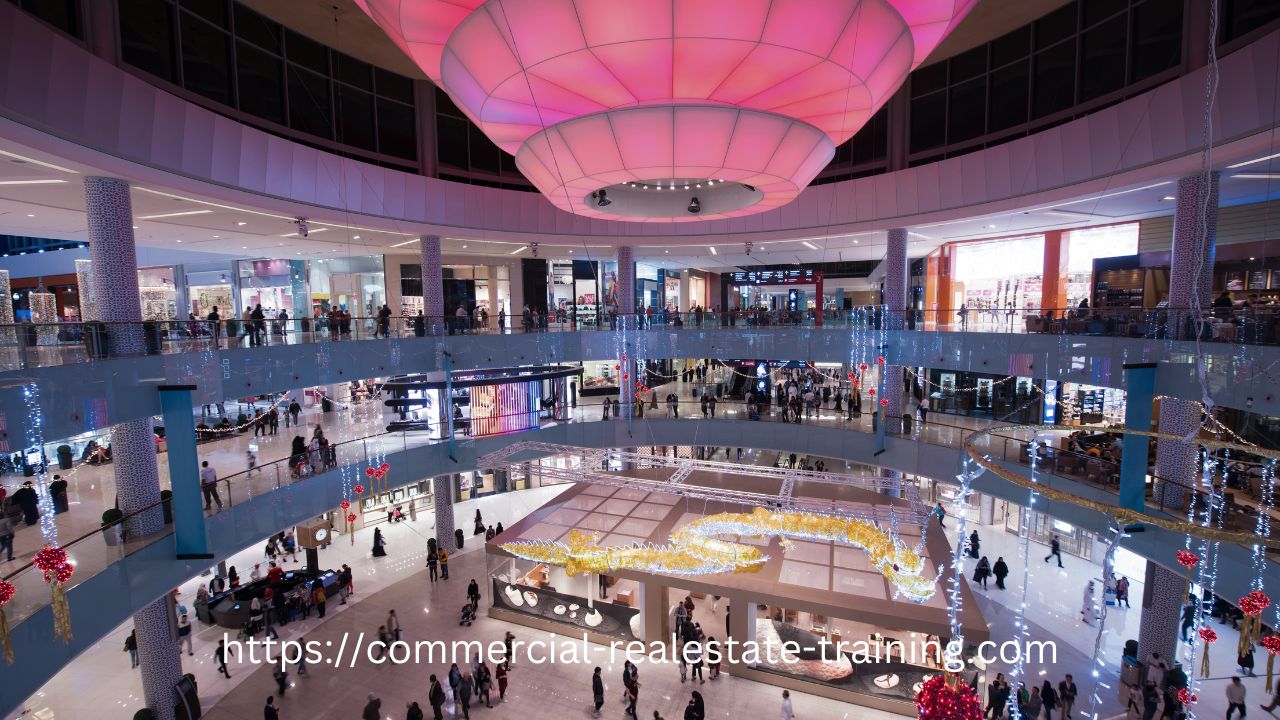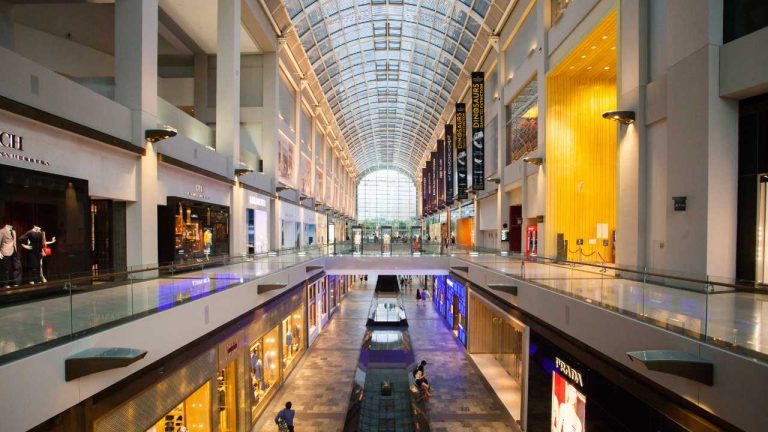High Quality Tenant Mix Review Strategies in Retail Shopping Centres
When you manage or lease any retail building there are quite a few things to watch and check, particularly with the tenant mix and the leases. In any large property the monitoring and checking processes are quite complex; any shopping centre manager will attest to that fact.
So a skilled property manager or leasing expert really does require some specific skills to stay ahead of all the tenant and lease issues in a property. They also should be ‘strategists’ when it comes to improving tenant choices and rents.

What is Property Performance?
The logic behind all of this is that the performance of any property can be lifted substantially if you look at the sum total of the leases and how they improve the mix and offering. The placement of a number of tenants into a ‘cluster’ can become a major customer draw card and hence pull more people to the property. The end result of a good tenant mix will usually be:
- Improved sales over time
- Lower vacancy factors
- Better tenant retention
- Easier rent reviews to negotiate
- Tenant attraction to the property
- Growth of market rent
- Happy tenants cooperating with property performance
You could say that the tenant mix and review process behind any retail property performance plan is critical to the overall success of the property.
Monitor and Match These!
These are some of the things that I would watch for and monitor first when taking over a retail property and any shopping center:
- Lease expiry dates – First and foremost you really do need to watch your existing lease expiry dates. Split the leases and the tenants up into prime and secondary locations. Vacancies coming up in prime locations can send the wrong message to shoppers and customers. Fix the upcoming prime vacancies before they happen. Find new tenants to fill the space as quickly as possible. In saying that they should be the tenants that suit the location and can pay the rent for the long term.
- Tenants under pressure – There will always be tenants who are not doing overly well in a retail shopping centre. The reasons are many and varied, and you will need to see those issues early. If a tenant is under pressure, the question will be, ‘Are they viable for the future?’ There is no point in suffering a poorly performing tenant in a tenant mix if they cannot survive financially. Look for the tenants that are under pressure and start talking to them.
- Clustering imbalance – You can improve a tenant mix by moving tenants into other locations around the property. Some tenants will create more sales by being closer to other tenants in a cluster. The clusters should be looked at to identify where improvements can be made.
- Poor quality tenants – Some tenants simply should not be in business; they can be a drag on property performance and the other tenants in the mix. When you identify a poor quality tenant, check out their provisions of occupancy and move them from the property at lease end.
- Marketing practices – A retail tenant mix in any shopping centre should be comprehensively marketed. That will require marketing funds and a set strategy of promotion. The tenants should contribute to property marketing through a separate levy.
From these issues I can see where the weaknesses are in the property. At that point I will know where all of my efforts should be directed to lift property performance.






